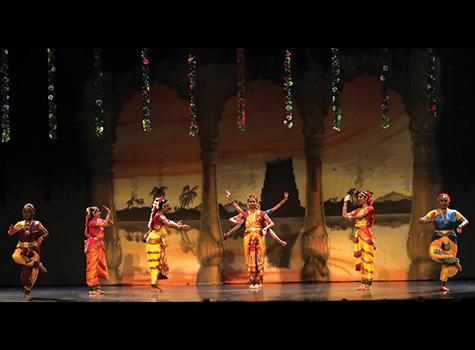By Samir Shukla

Our Time Has Come
How India is Making Its Place in the World
Author: Alyssa Ayres
(Oxford University Press)
Alyssa Ayres is senior fellow for India, Pakistan, and South Asia at the Council on Foreign Relations. She served as US deputy assistant secretary of state for South Asia during 2010-2013. Her latest book, Our Time Has Come, is a prolifically researched tome on how India is working to make itself a global economic and democratic power on the world stage.
India has seen remarkable growth over the past 25 years since economic reforms have been taking place. Ayres discusses the diverse country and its political, religious, and financial workings in a manner to bring informative clarity to how India deals with as well as aligns itself with the rest of the world.
She offers researched recommendations on how the United States can benefit by further engaging India. She argues that since the economic liberalization, India’s middle class has vastly grown, “the country’s sheer scale-its huge population and $2 trillion economy-means its actions will have a major global impact. From world trade to climate change to democratization, India now matters.”
She understands that while India is openings its economy further to the world and reducing regulations, the country is still quite protectionist. India’s long-standing policy of non-alignment and self-reliance become political touchpoints within the country’s myriad political parties with their own ideas and agendas. “For all of these reasons, India tends to move cautiously and deliberately in the international sphere.”
She writes, “In India’s national election of 2014, citizens cast more than half a billion ballots at more than nine hundred thousand polling stations— an awe-inspiring exercise of the democratic franchise. It was reportedly his admiration for the scale of India’s democracy that led former President George W. Bush to prioritize deepening ties. Like Americans, Indian citizens are proud of their democracy, one seen in the early years of Indian independence as improbable given the great poverty and illiteracy in the country. Every election serves to cement the vision of India’s founders and their belief in a universal adult franchise, against the odds.”
The final chapter in the book, “How the US should work with a rising India,” is filled with thoughtful and workable policy suggestions that would benefit both countries.
“Finally, finding a way to collaborate more with India on democracy, in India’s comfort zone, does not mean abandoning a focus on the values so central to American foreign policy, including in bilateral discussions of concerns. But our approach should adapt to acknowledge the struggles we continue to have domestically and to offer ourselves and what best practices we have learned—including the mistakes we have made—as part of an open conversation. This may prove challenging, particularly if a more nationalistic India becomes even more allergic to outside criticism. But we should not stop trying.”
Overall, Our Time Has Come is a fine read for those seeking to make sense of India and its rise and place in the 21st century.



